How to Recover Deleted Files Not in the Recycle Bin
- Home
- Support
- Tips Data Recovery
- How to Recover Deleted Files Not in the Recycle Bin
Summary
The article discusses how to recover deleted files that do not appear in the Recycle Bin. It explains that files might be missing due to being accidentally moved to another location or because they were permanently deleted, possibly by using Shift + Delete or if the Recycle Bin is disabled. The article suggests using both built-in Windows tools and third-party software to recover such files.
Table of contents
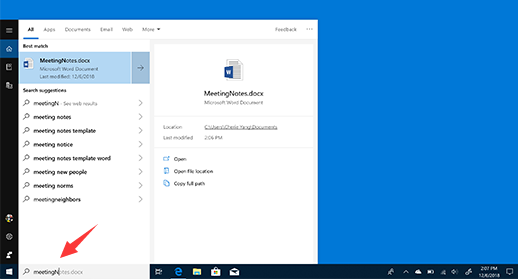

Easy to use Only simple steps to recover data from storage devices.
Multiple scan modes Fast partition scan, whole partition scan and whole disk scan for different recovery needs.
File types Support to recover pictures, videos, audios, documents, mails, etc.
Supported storage devices Recover data from recycle bin, SD card, external disk, etc.
Supported systems Windows 11,10, 8.1, 8, 7, Vista, XP, 2000 and Mac OS X10.6, 10.7, 10.8+.
Easy to use Only simple steps to recover data from storage devices.
Multiple scan modes - 3 scan modes for different recovery needs.
Supported storage devices Recover data from recycle bin, SD card, external disk, etc.
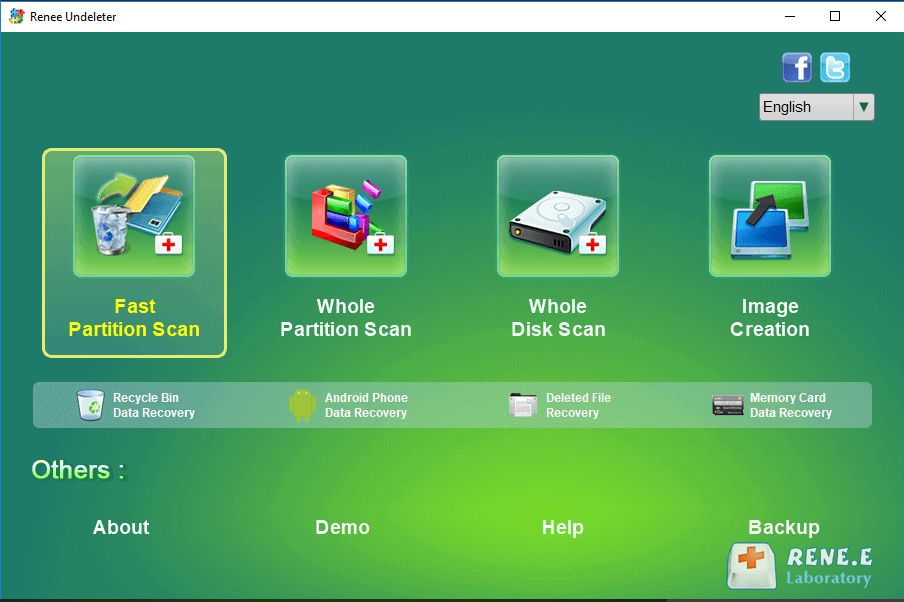
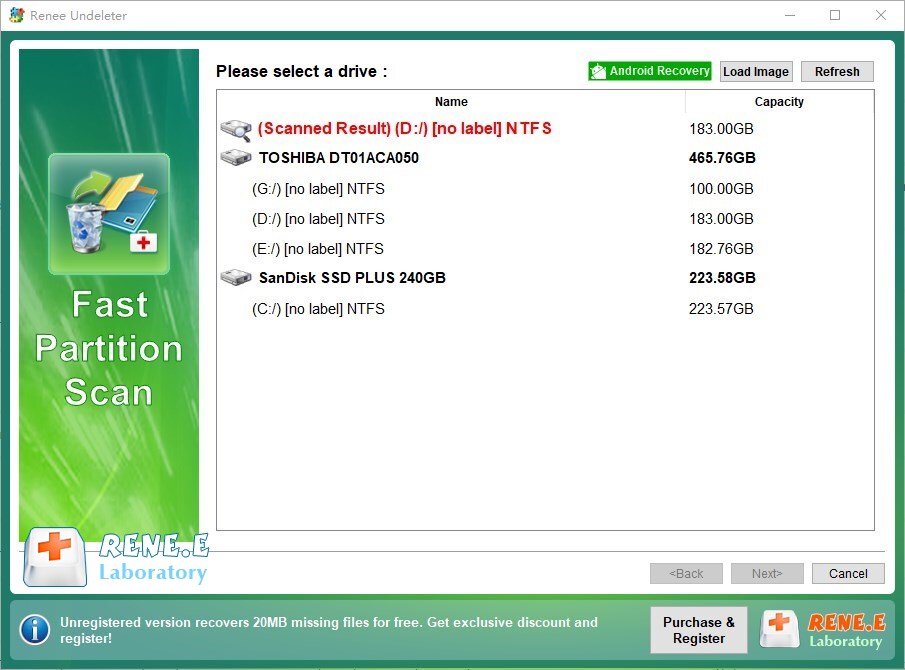
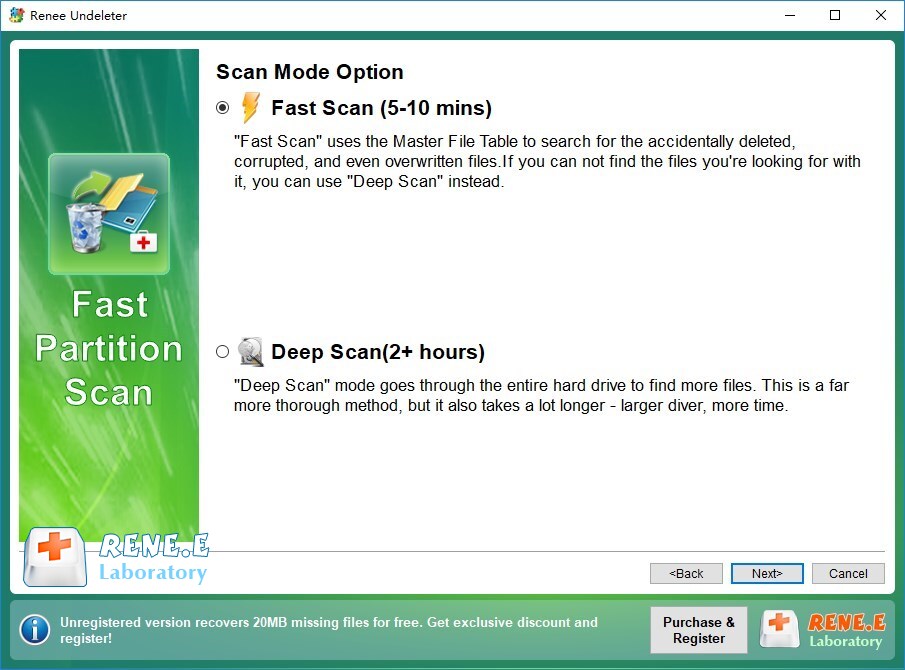

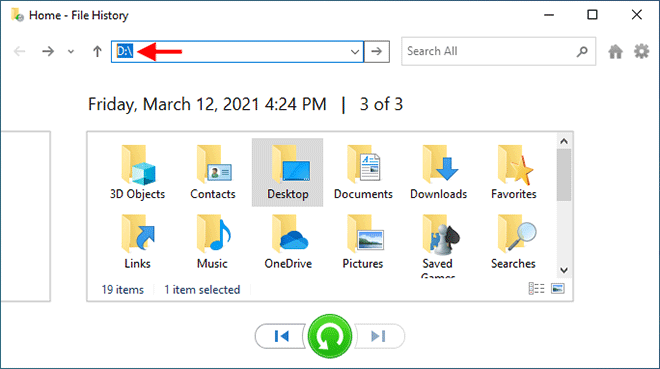
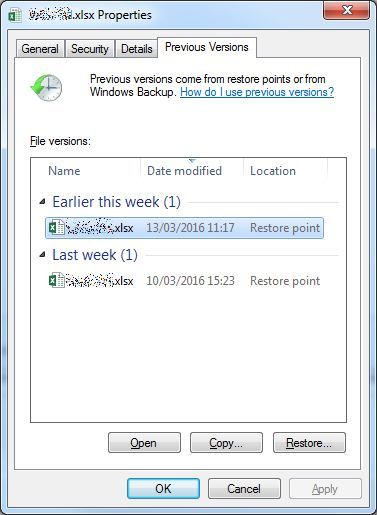
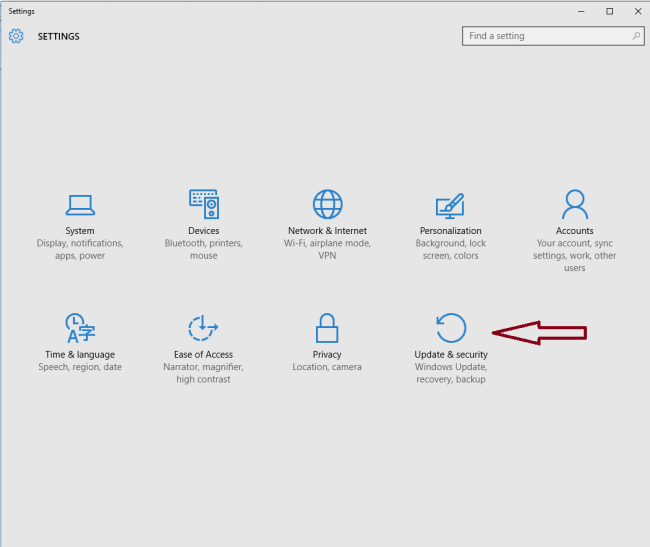
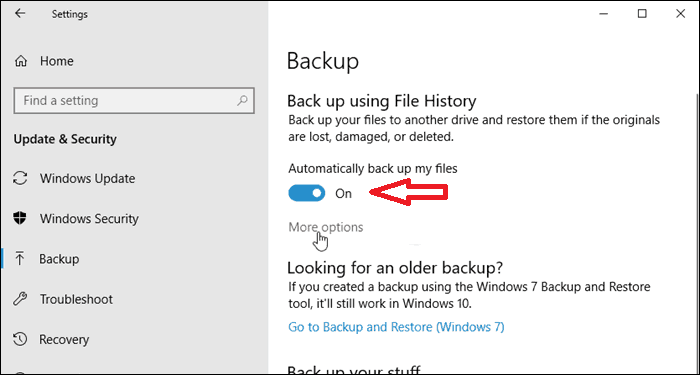

Easy to use Only simple steps to recover data from storage devices.
Multiple scan modes Fast partition scan, whole partition scan and whole disk scan for different recovery needs.
File types Support to recover pictures, videos, audios, documents, mails, etc.
Supported storage devices Recover data from recycle bin, SD card, external disk, etc.
Supported systems Windows 11,10, 8.1, 8, 7, Vista, XP, 2000 and Mac OS X10.6, 10.7, 10.8+.
Easy to use Only simple steps to recover data from storage devices.
Multiple scan modes - 3 scan modes for different recovery needs.
Supported storage devices Recover data from recycle bin, SD card, external disk, etc.
Relate Links :
How to Recover Files From the Corrupted USB Flash Drive
03-10-2024
Amanda J. Brook : Recovering data from corrupted USB flash drives is possible using specialized data recovery tools and services. It's crucial...
How to Recover Data from an exFAT Drive on Windows 10
23-09-2024
Amanda J. Brook : The article discusses the process of recovering data from an exFAT Drive on Windows 10 using third-party recovery...
Sony XQD Card Data Recovery: A Comprehensive Guide
22-09-2024
Ashley S. Miller : Sony XQD cards are known for their reliability and performance, making them popular among photographers and videographers. Despite...
How to Recover Overwritten Files on Windows 10/11
22-09-2024
Ashley S. Miller : Overwriting files in Windows 10/11 can be a frustrating and less-discussed data loss scenario. This article aims to...




